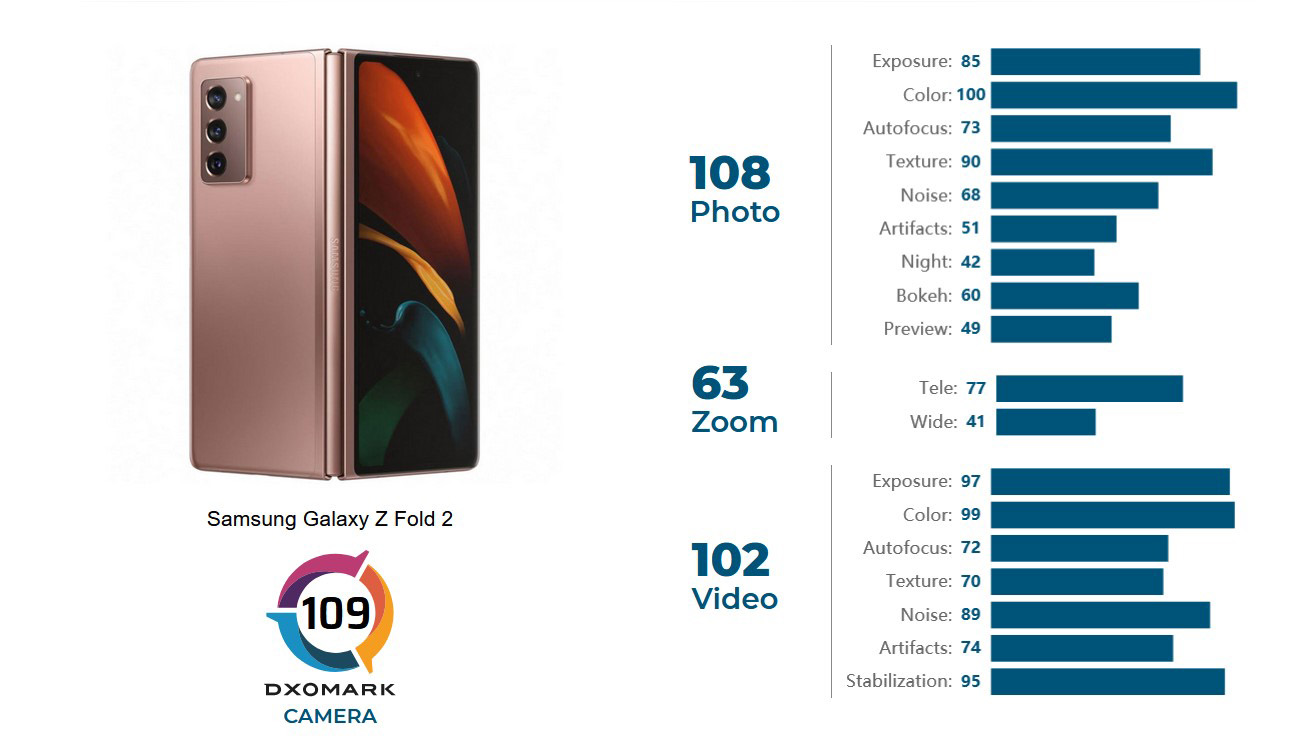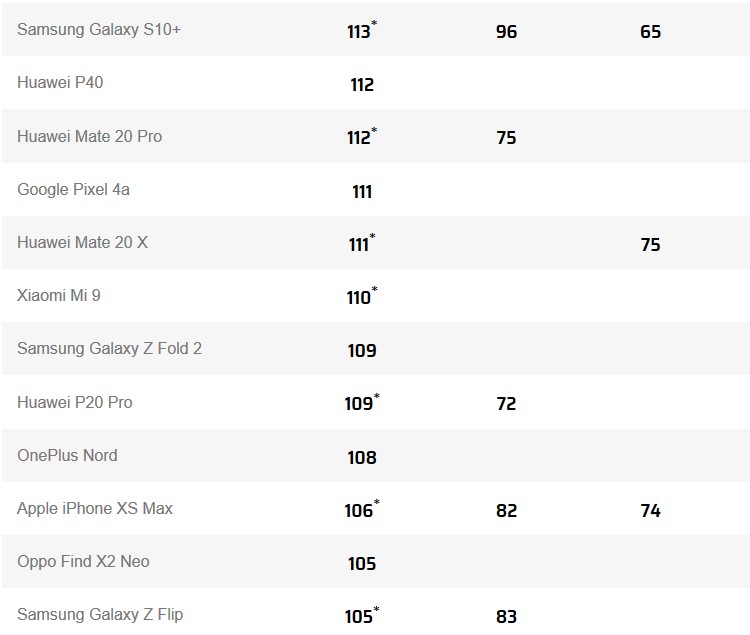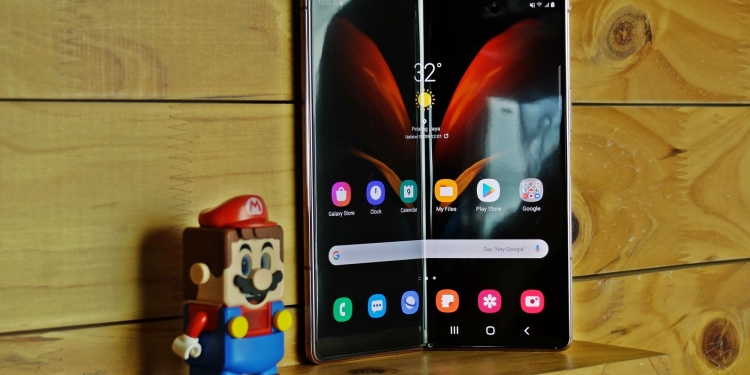The Samsung Galaxy Z Fold 2 is undoubtedly one of the most anticipated smartphones this year. But just how good are the cameras on Samsung latest foldable flagship smartphone? DxOMark recently reviewed the Galaxy Z Fold 2’s camera, and awarded it a score of 109.
If you need a refresher, the Galaxy Z Fold 2 has a triple-camera setup with all cameras using 12 MP sensors. This includes a standard wide camera (f/1.8) with a 26mm-equivalent lens, an ultra-wide camera (f/2.2) with a 12mm-equivalent lens and a telephoto camera (f/2.4) with a 52mm-equivalent lens.

DxOMark’s overall score of 109 is broken down to individual scores with the device scoring 108 points for photos, 63 for zoom and 102 for video.
To put that into context, Samsung’s latest foldable smartphone’s overall score puts it pretty far down DxOMark’s ranking of the top flagship phone cameras. That being said, the Galaxy Z Fold 2 is not out of line with other folding phones. In fact, it scored marginally better than the Galaxy Z Flip that was released earlier this year, which scored 105 points.
As seen in the screenshot below, the Galaxy Z Fold 2 has the same score as 2018’s Huawei P20 Pro and it is just one point above the OnePlus Nord (108), a mid-range device. Even Google’s Pixel 4a scored better at 111, and it only has a single camera.
It is worth noting that Samsung’s flagship foldable smartphone has a similar camera setup to its other flagship device, the Galaxy Note 20. The two have similar triple camera arrays on the back, the Galaxy Z Fold 2 does not perform as well as the Note 20 which DxOMark awarded a score of 120.
Indeed, it scored marginally better than the Galaxy Z Flip (105) which was released earlier this year.

According to the review, the Galaxy Z Fold 2 produced vivid and appealing colours under most test conditions for both photos and videos. Exposure was also on the mark for both indoors and outdoor shots.
However, DxOMark found that the images captured by the device’s main camera lacked texture and detail. This was especially true in low-light and indoor situations where noise was an issue. Additionally, the camera’s autofocus struggled to lock on to subjects properly when there wasn’t a lot of available light.
The Galaxy Z Fold 2 achieved a lower zoom score of 63, due to telephoto camera’s visible loss of texture and detail. DxOMark also commented that the ultra-wide camera suffered from similar issues. It also doesn’t help that the camera did not manage distortion well when shooting wide, leaving some faces in the frame looking distorted.
That being said, the Galaxy Z Fold 2 has a respectable video score of 102. DxOMark tested the video mode by recording at 4K resolution at 30fps. It should be noted that even though the device is capable of recording at 60fps, the reviewers found this recording quality to be the best.
They said that white balance was accurate in most situations and skin tones were represented accurately. The camera could also capture a wide dynamic range though highlights were sometimes clipped. Video stabilisation also worked well in static scenes when hand-held. It was, however, noted that like still images, videos also lost fine texture and details and the majority of test conditions.

DxOMark concluded that the main selling point for Samsung’s foldable device is its large folding screen though it is probably not the best smartphone to buy if you need a great camera.
Though it performs well across a variety of situations, it has many small issues that eventually end up hurting its performance as a camera. DxOMark said problems with noise and a variety of artefacts dragged down the device’s score.
If you are interested in checking out DxOMark’s full review on the Samsung Galaxy Z Fold 2, click here.
[SOURCE]








